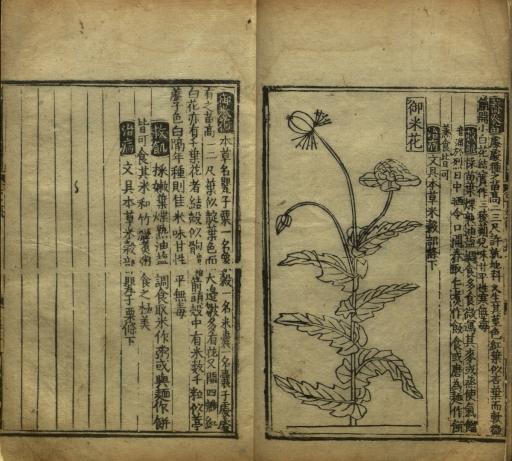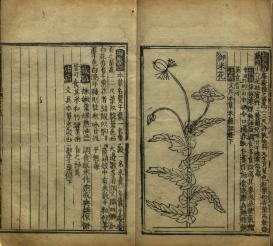This project investigates the intersection of the history of knowledge, agriculture, and print culture in late imperial China through the lens of “famine foods”—a body of knowledge of utilizing a wide range of edible plants for survival in times of scarcity. I will focus on Jiuhuang bencao 救荒本草 (1406), the first printed monograph about famine foods in China, and discuss the treatise in broader contexts of dietary practices, famine relief, and agricultural conditions. As an ambitious project to translate embodied practical knowledge into texts and graphics in printed format, the book inherited the bencao tradition with innovation, established an authoritative representation of “plants for famine relief,” inspired a series of literature on the same subject, and influenced later theories and practices of famine administration. The knowledge of famine foods revealed the entanglement between humans and plants, the authority and the individual, and became a distinctive case of knowledge production and dissemination in late imperial China. A multimedia database of Jiuhuang bencao will be built as an integrated part of this research, including an annotated and tagged full text, the original woodblock illustrations, as well as modern botanical images and information.

Jiuhuang bencao, 1406 (edition 1555). Library of Congress, Washington DC.

